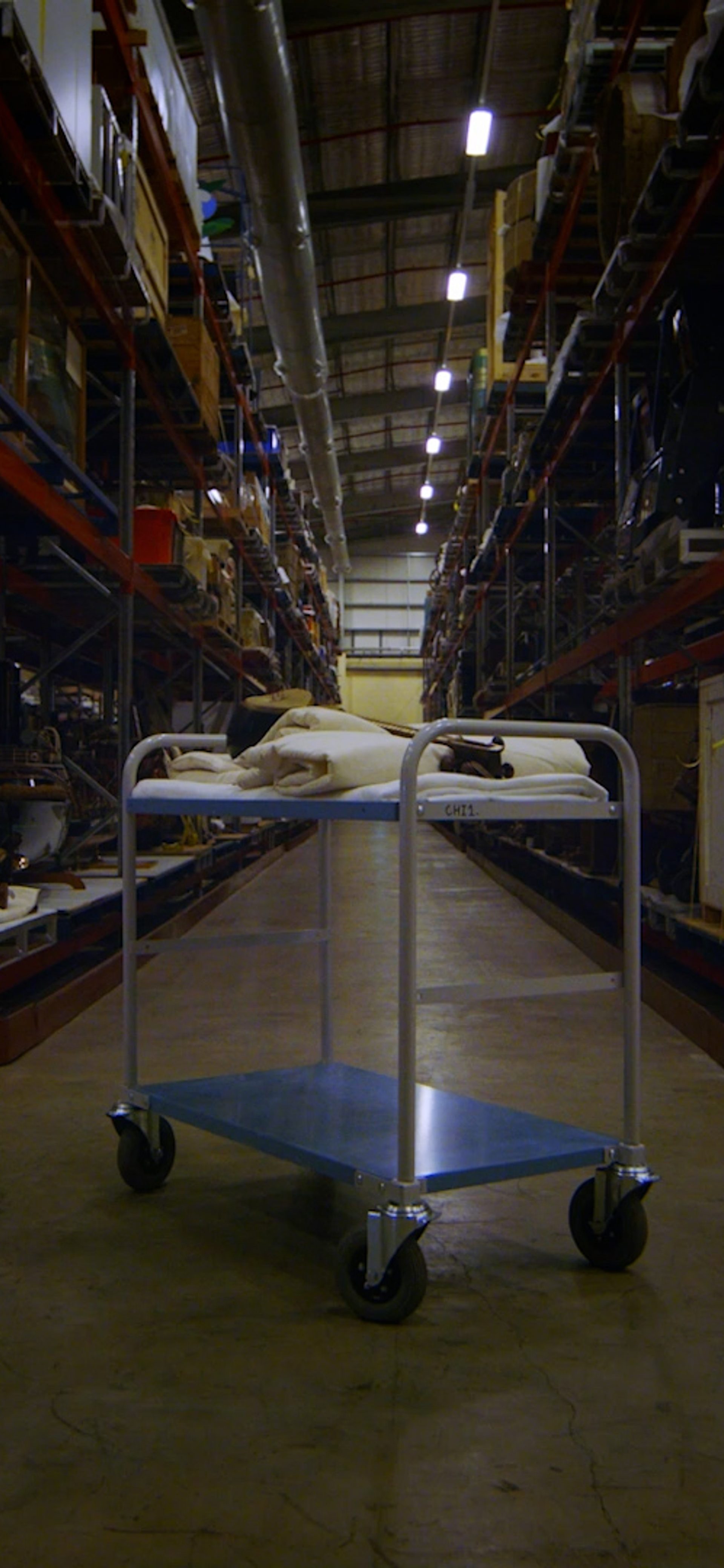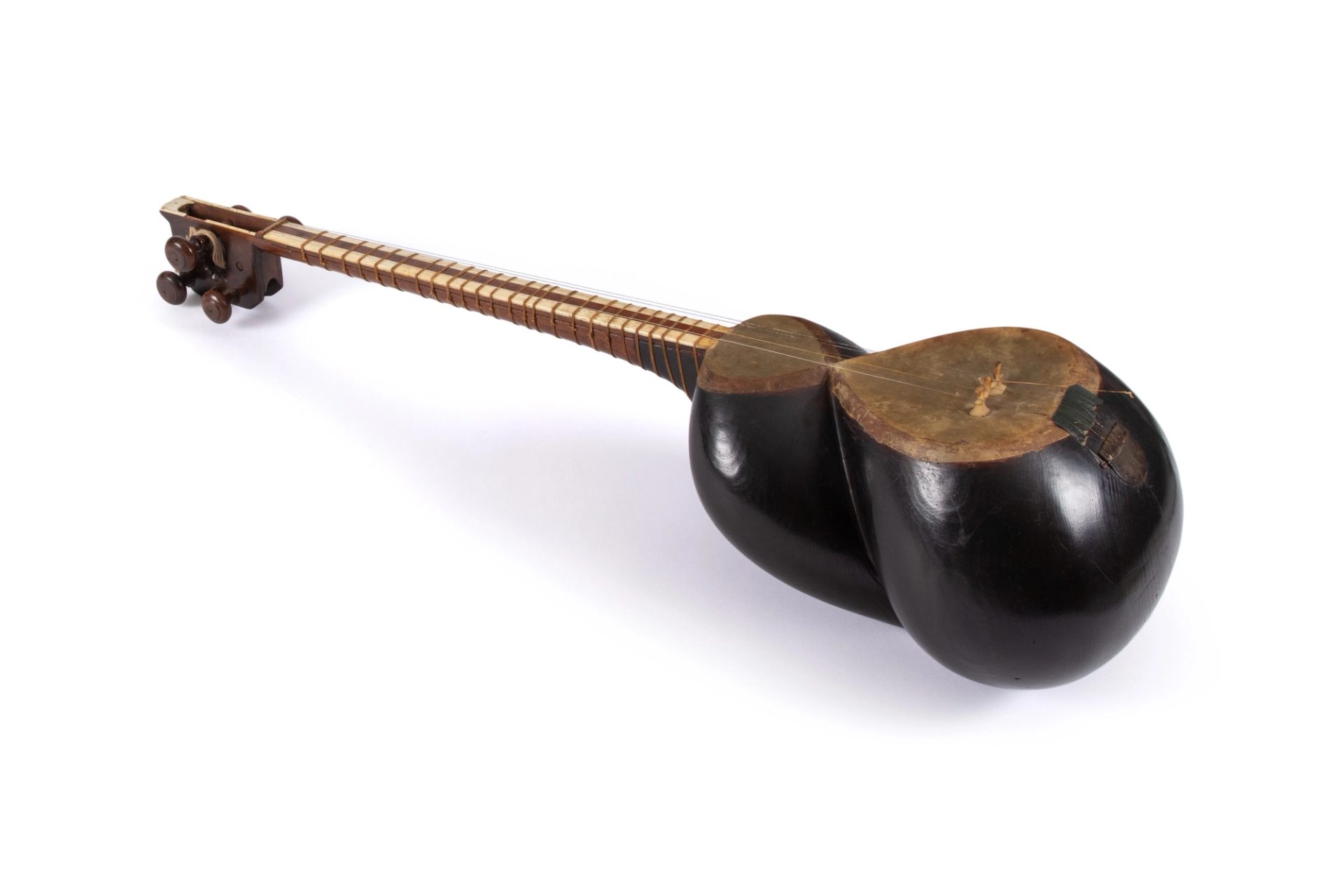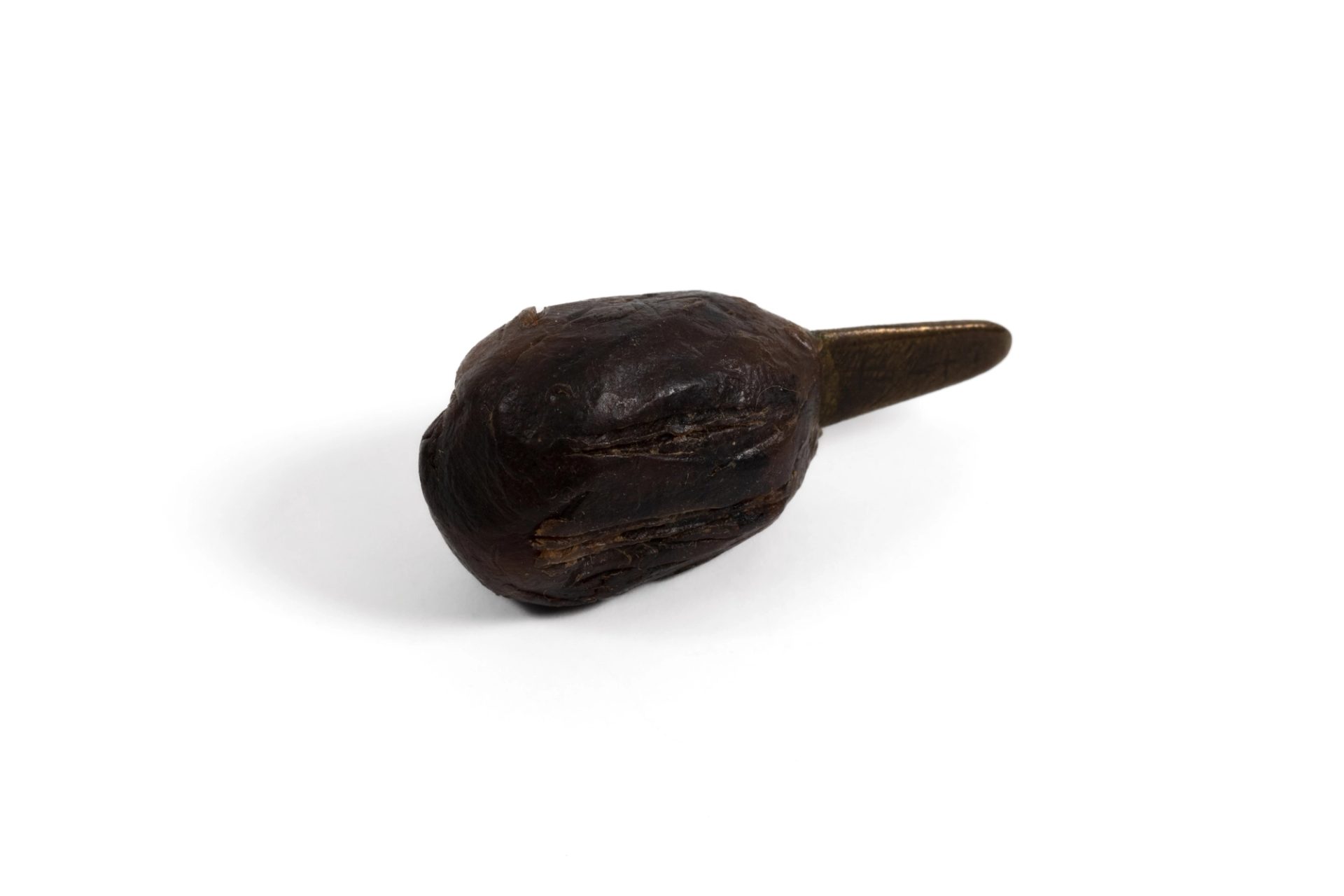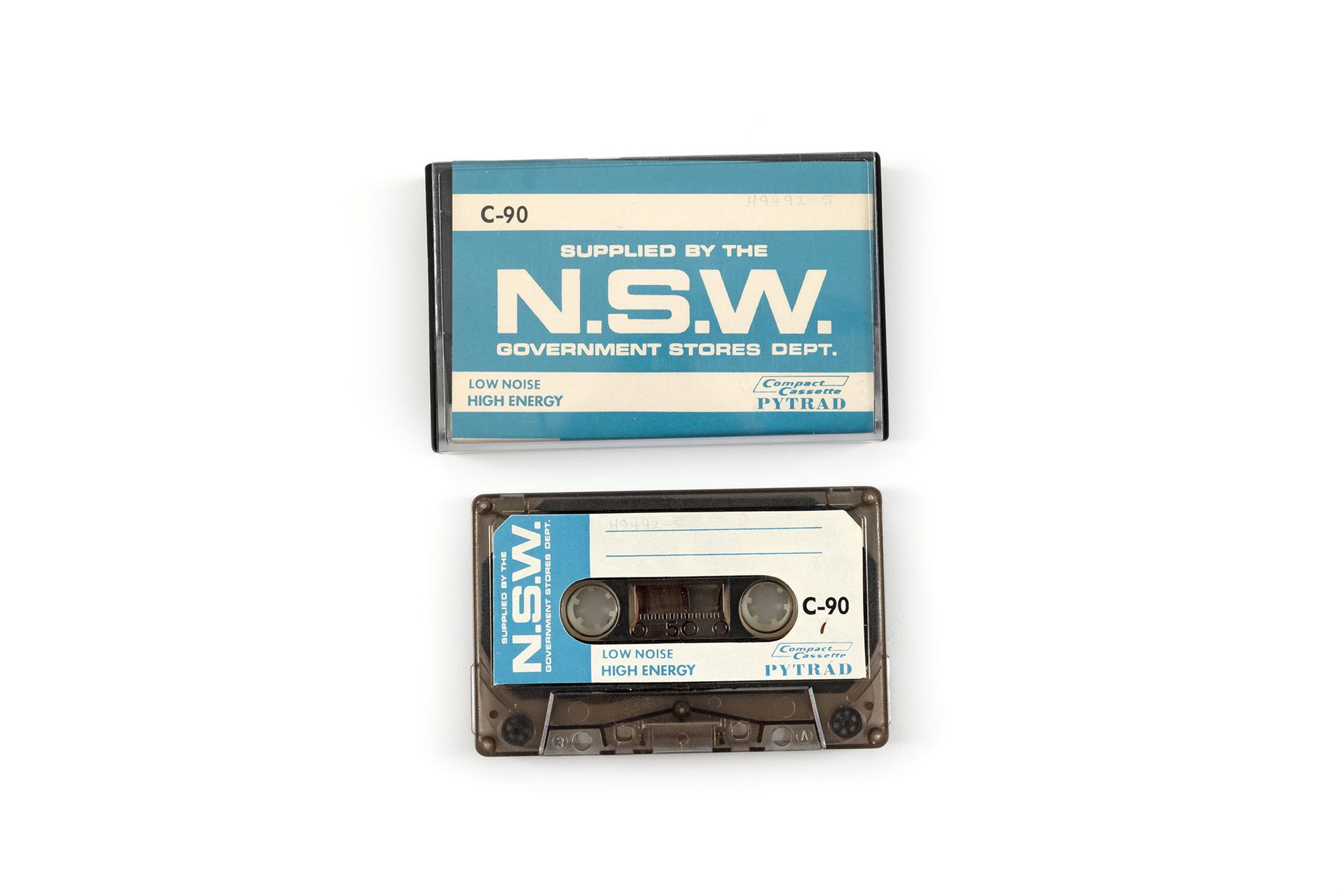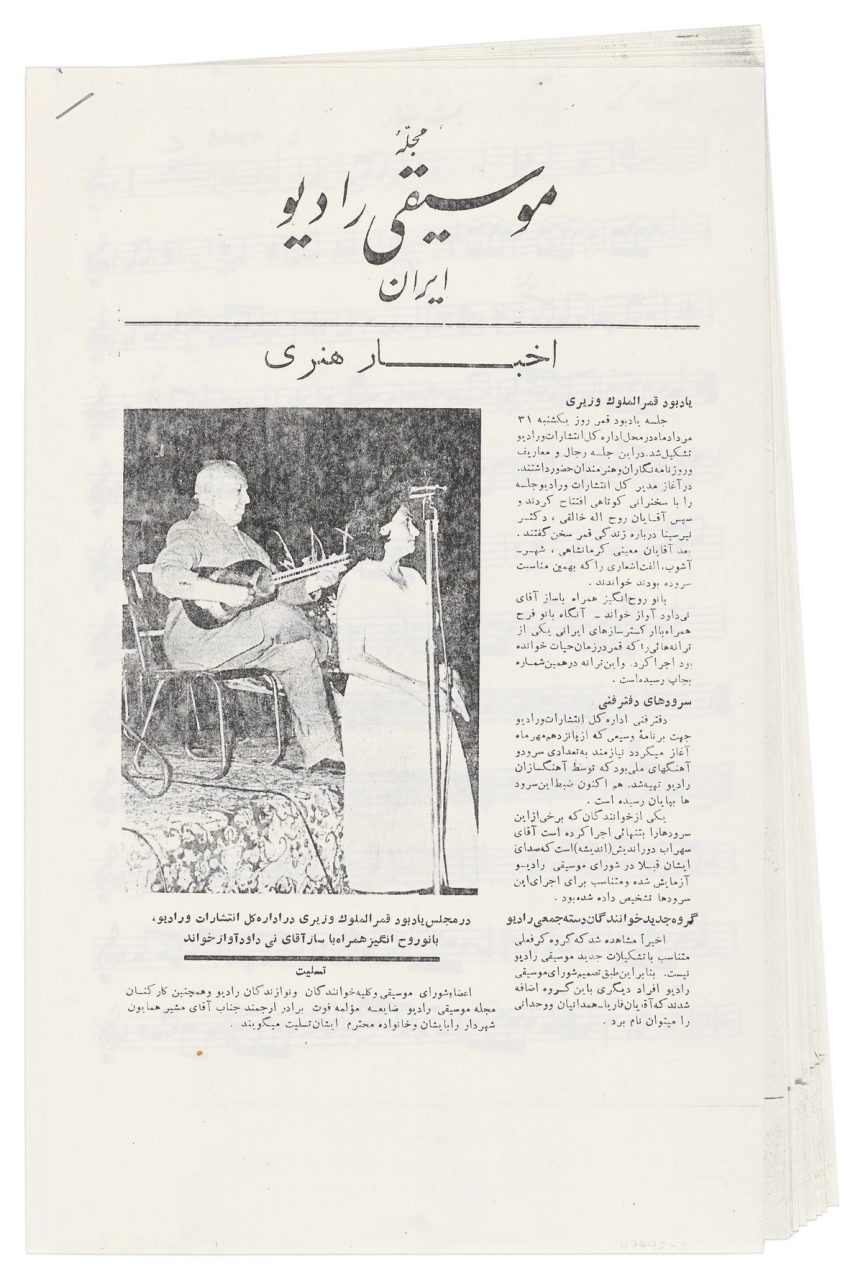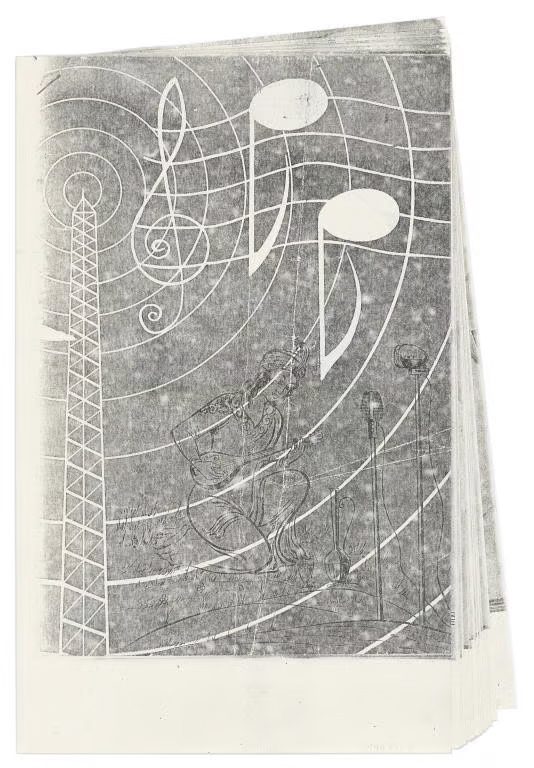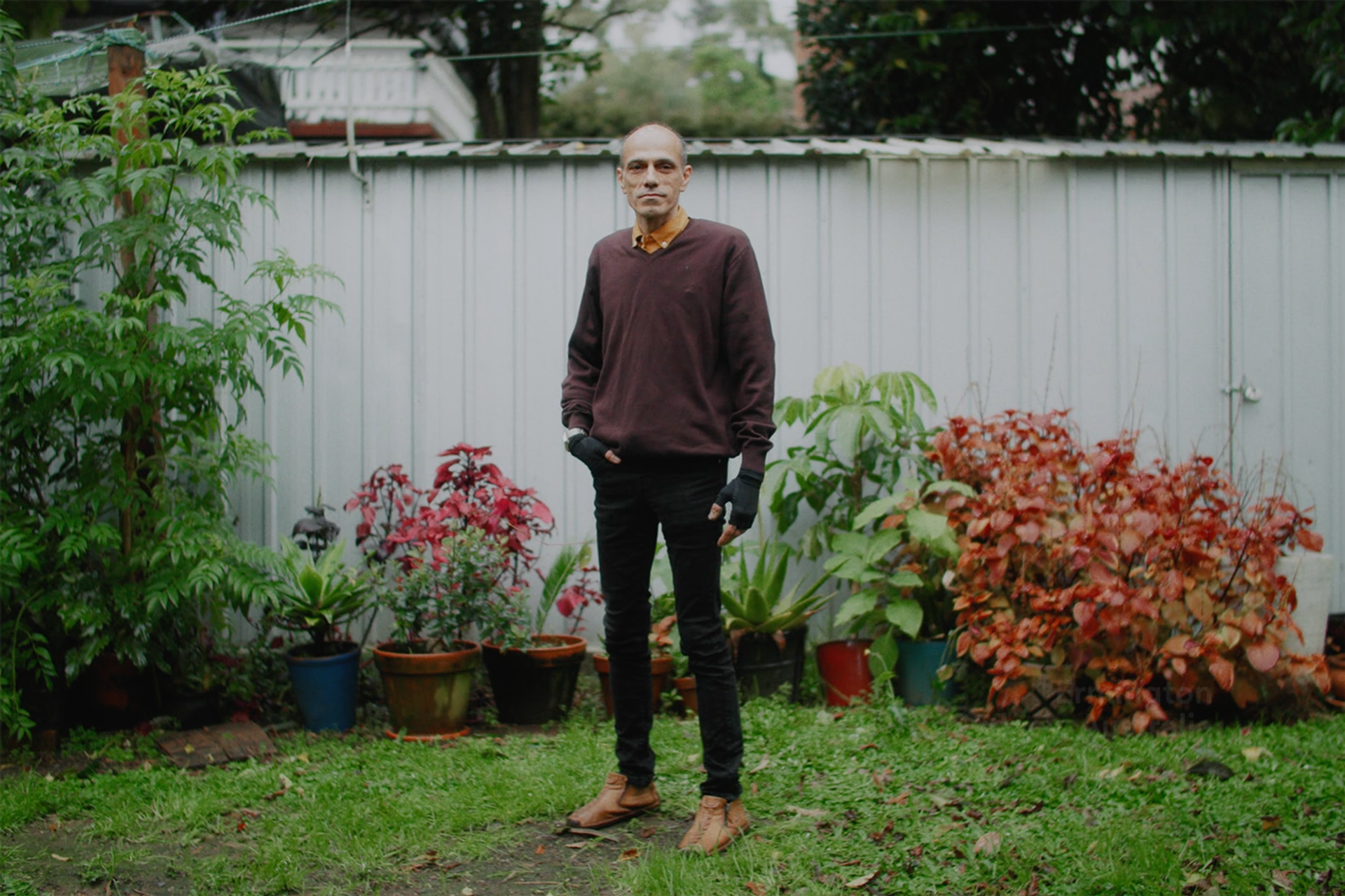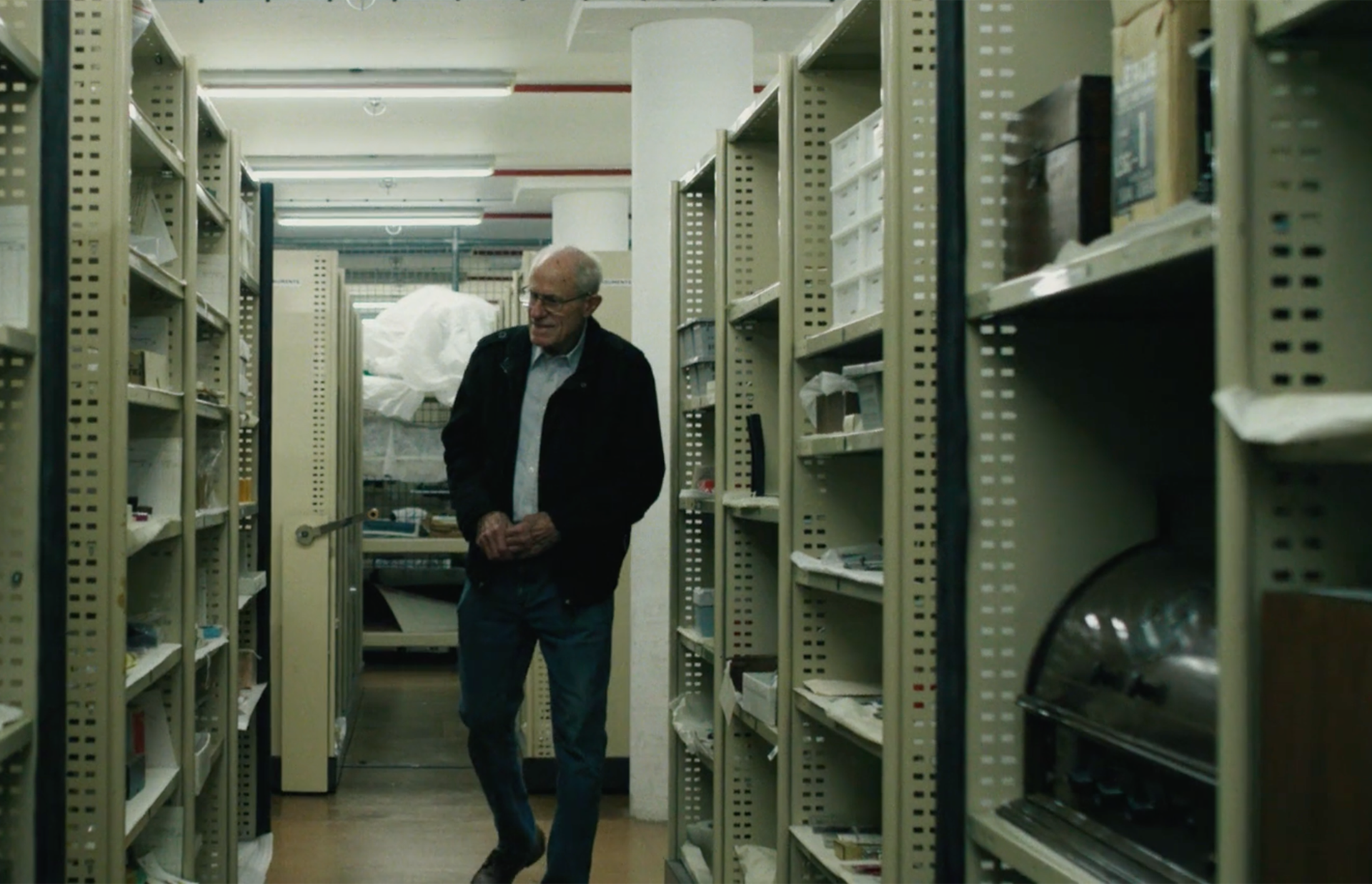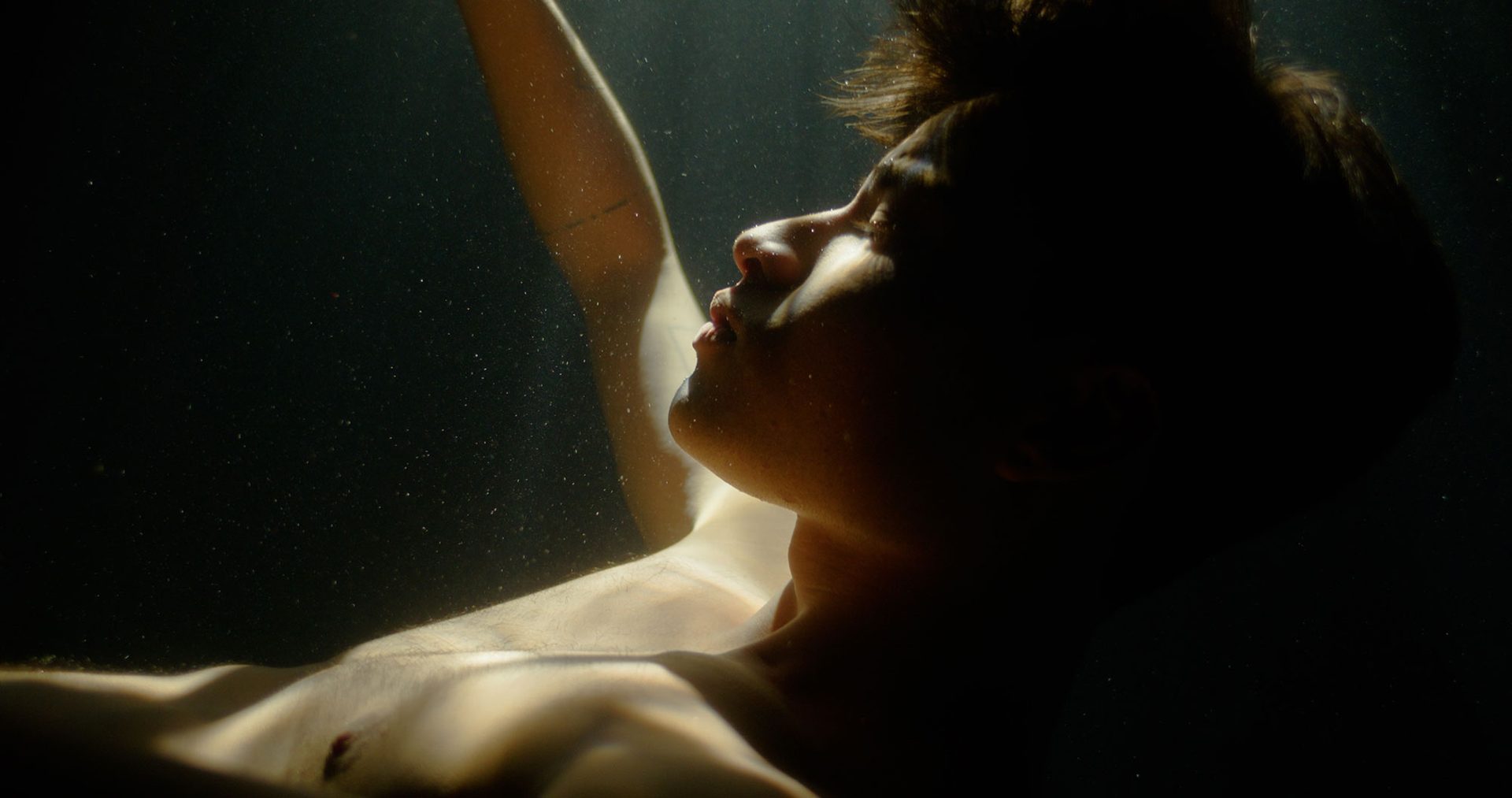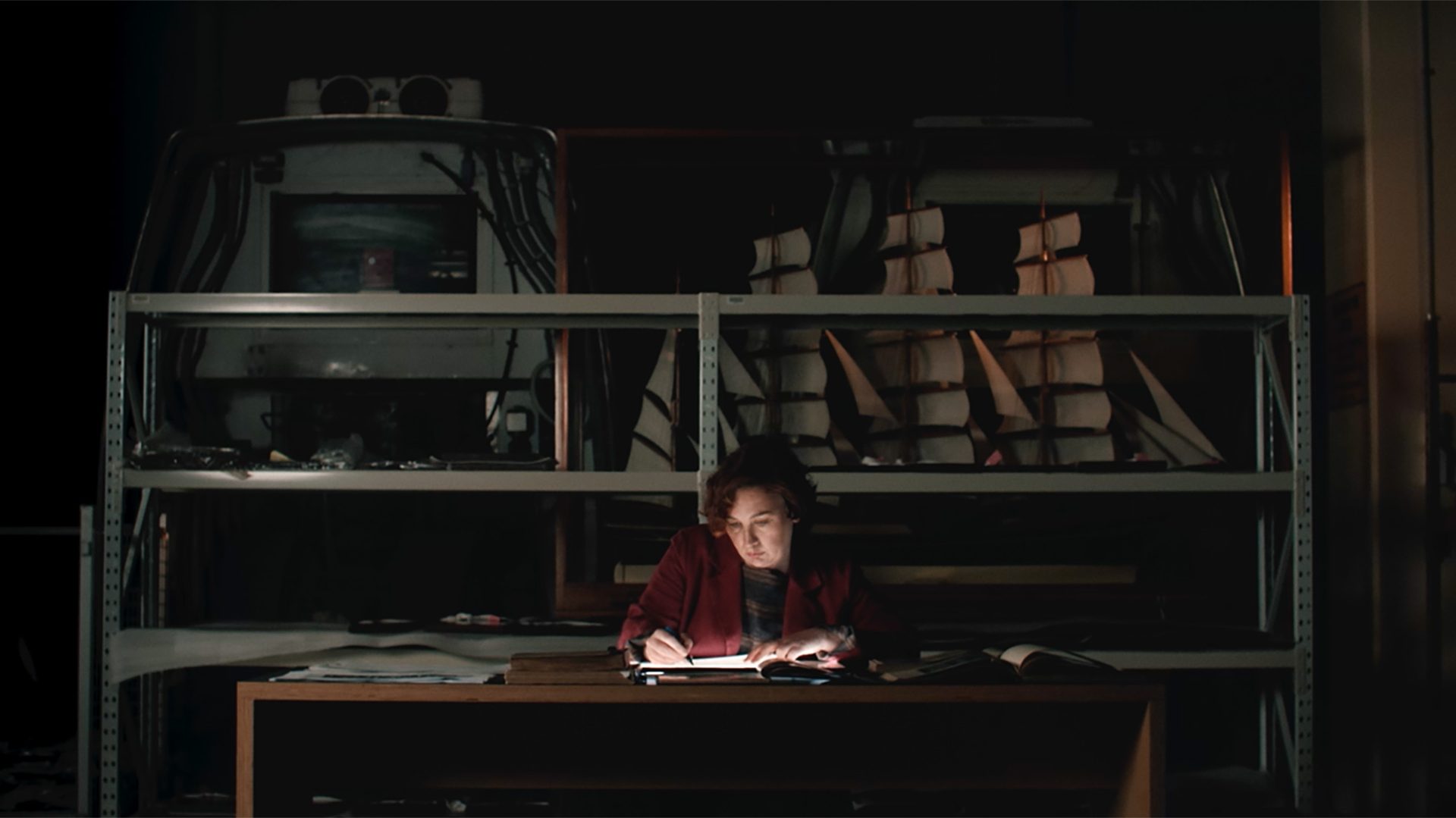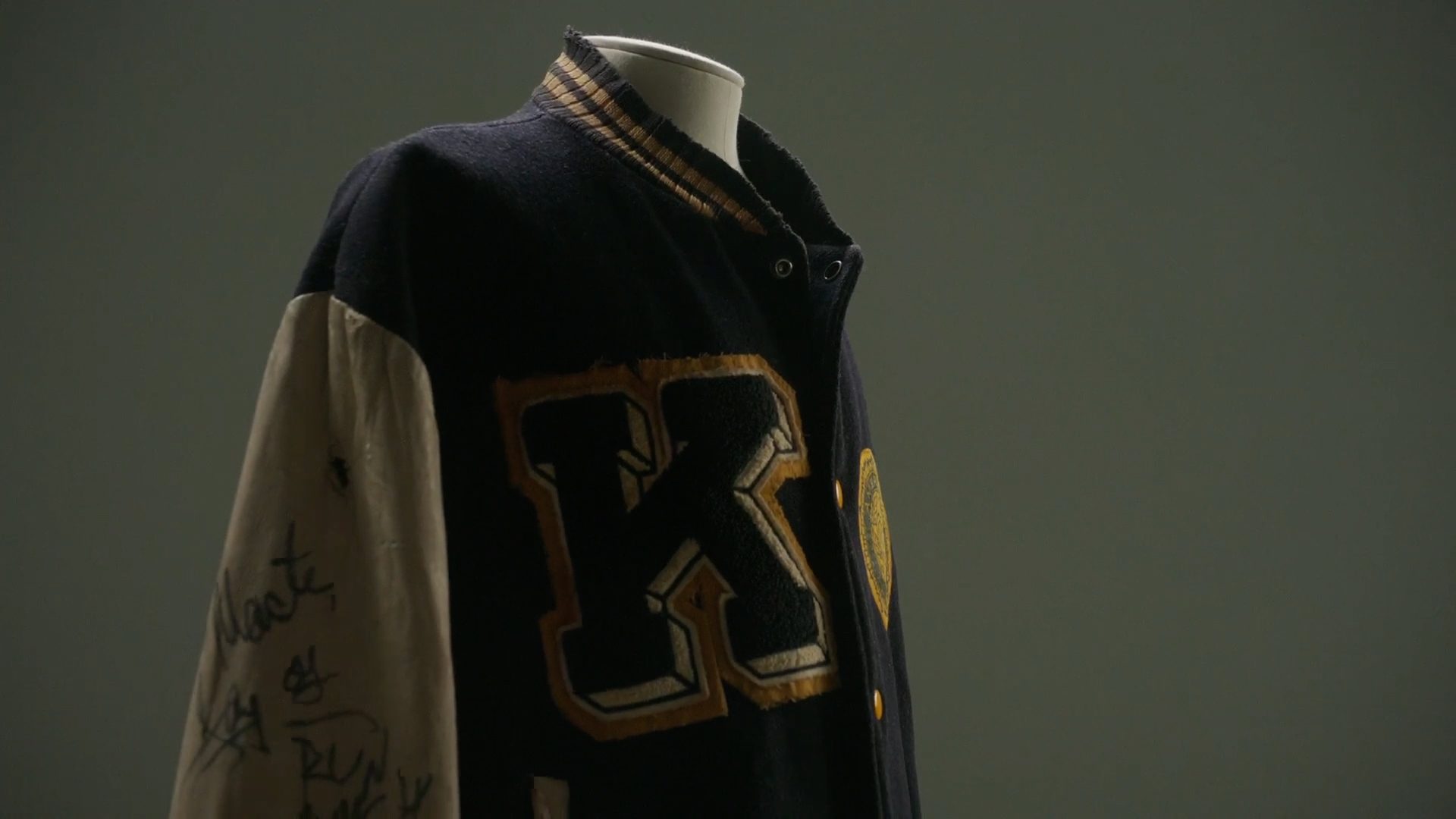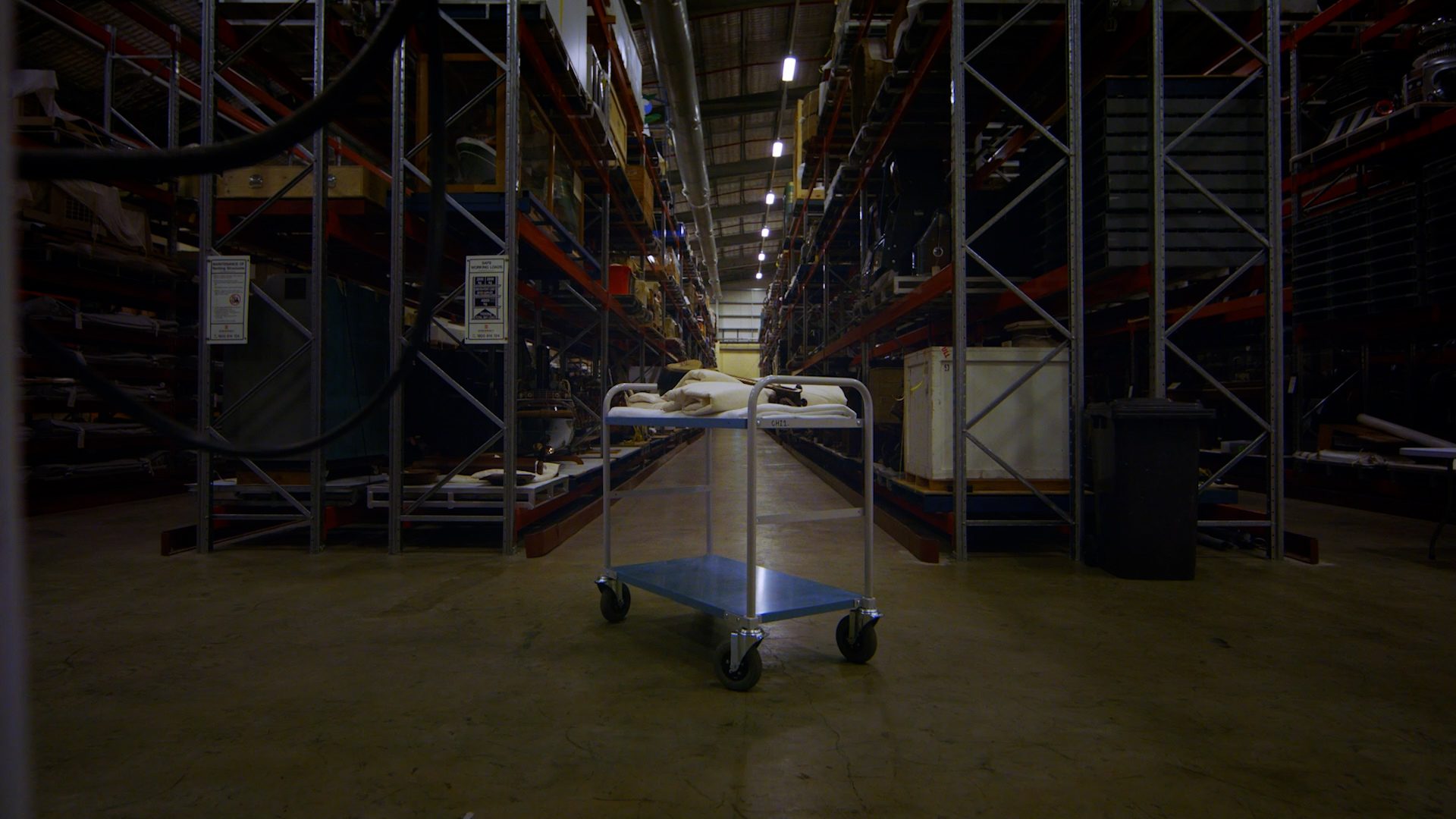The Persian Tar: A Living Instrument

‘It's a very classical Iranian instrument. It carries the whole history of the Persian Empire – the literature and all that we know about the history of this country. I could see that in one instrument.’
Musician Hamed Sadeghi examines the tar, a Persian 6-stringed instrument, in connection to his personal experiences and in the greater context of Iran’s rich classical musical history. Between 1956 and 1979, a radio program known as Golha, or Program of Flowers, broadcast new compositions daily, showcasing one of the most prolific periods of Iranian music in the 1900s. Much of the program’s output was lost, and while documentation is rare, traces of its influence remain in tape recordings and sheet music.
Learning to play the tar
The tar has a droning sound, but it is also a very melodic instrument. This instrument, it's got a storytelling character.
It's got a language that you have to learn, and you have to have a very strong relationship with the poetry. So, you get to read a lot of stories, a lot of poems, and you listen to a lot of singers and try to copy them on the instrument. You become the storyteller, with no lyrics, on your instrument.
A 1000-year design evolution
This shape of the tar that we see now is fairly new. It goes back only 250–300 years ago. But it did exist earlier. It was first seen more than a thousand years ago, somewhere in Shiraz, in Iran. It then got adopted everywhere else in the country and also Caucasia in Armenia, Azerbaijan, Turkey, and Afghanistan. But it kept changing.
We don't have exact documents where and how, but we have a solid image of the instrument [as we know it now] in paintings from 250 years ago.
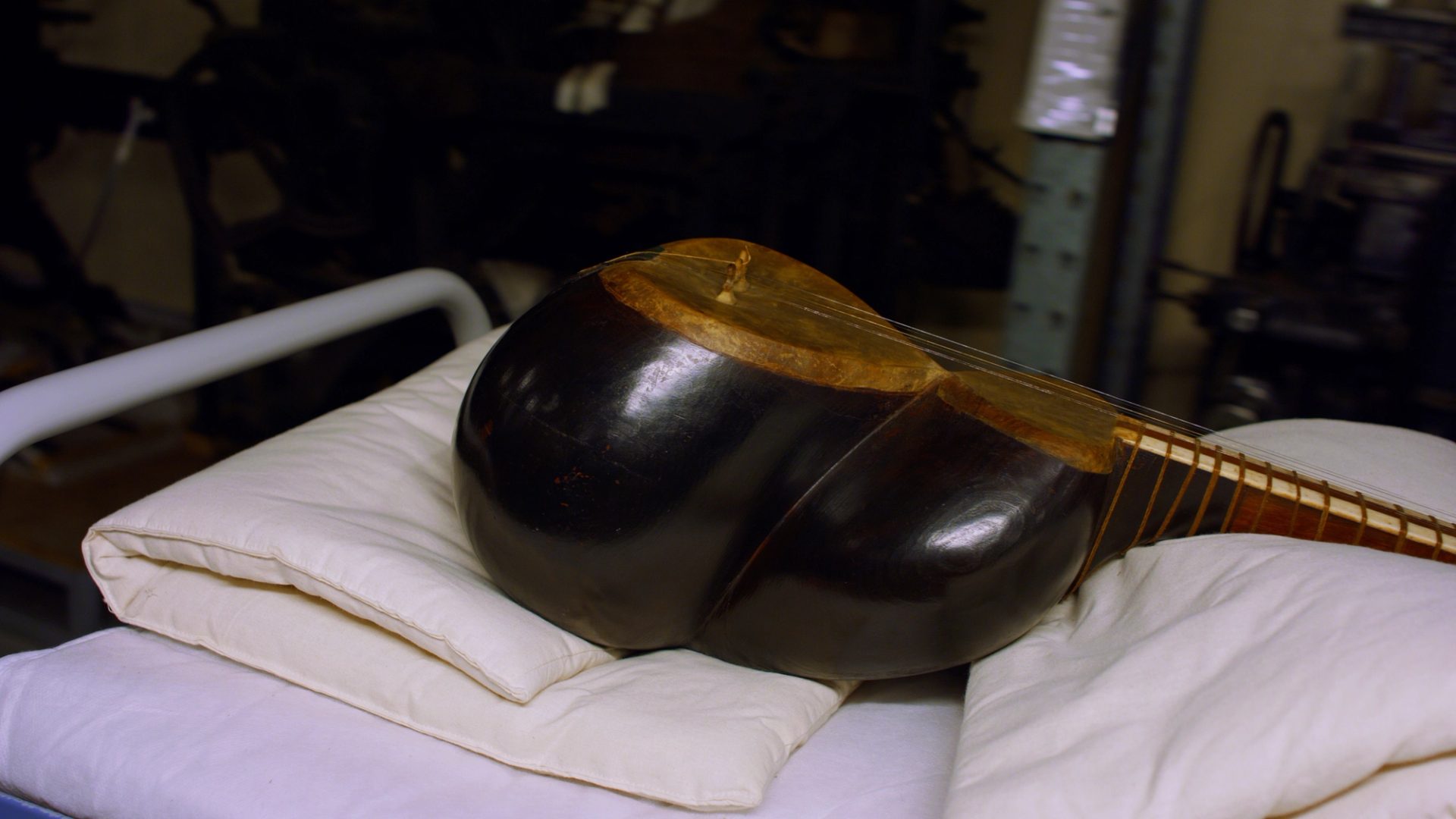
A body of many parts
It's interesting when someone doesn't know the instrument and they describe it. They say it looks like two hearts upside down kissing each other. The tar comes in three parts: the body in two parts, and then the long neck. There is a skin of a lamb and then it has 25 to 28 frets on the neck and six metal strings. We use a pick [mezrab] which is made of brass to play.
Reinvention
We don't exactly know who invented it, but we know a very famous Persian tar player, Darvish Khan, who had some contribution to the instrument. He added a sixth string to the instrument.
Emotions play out
There was a reason they played it next to the heart before. It says a lot that it is connected to your body. If you're angry, if you're happy, the sound reflects your feelings, your emotions. They used to hold it next to the heart, up in the chest. We still play with a pick [mezrab], but nowadays we put it in the lap and play it like a guitar.
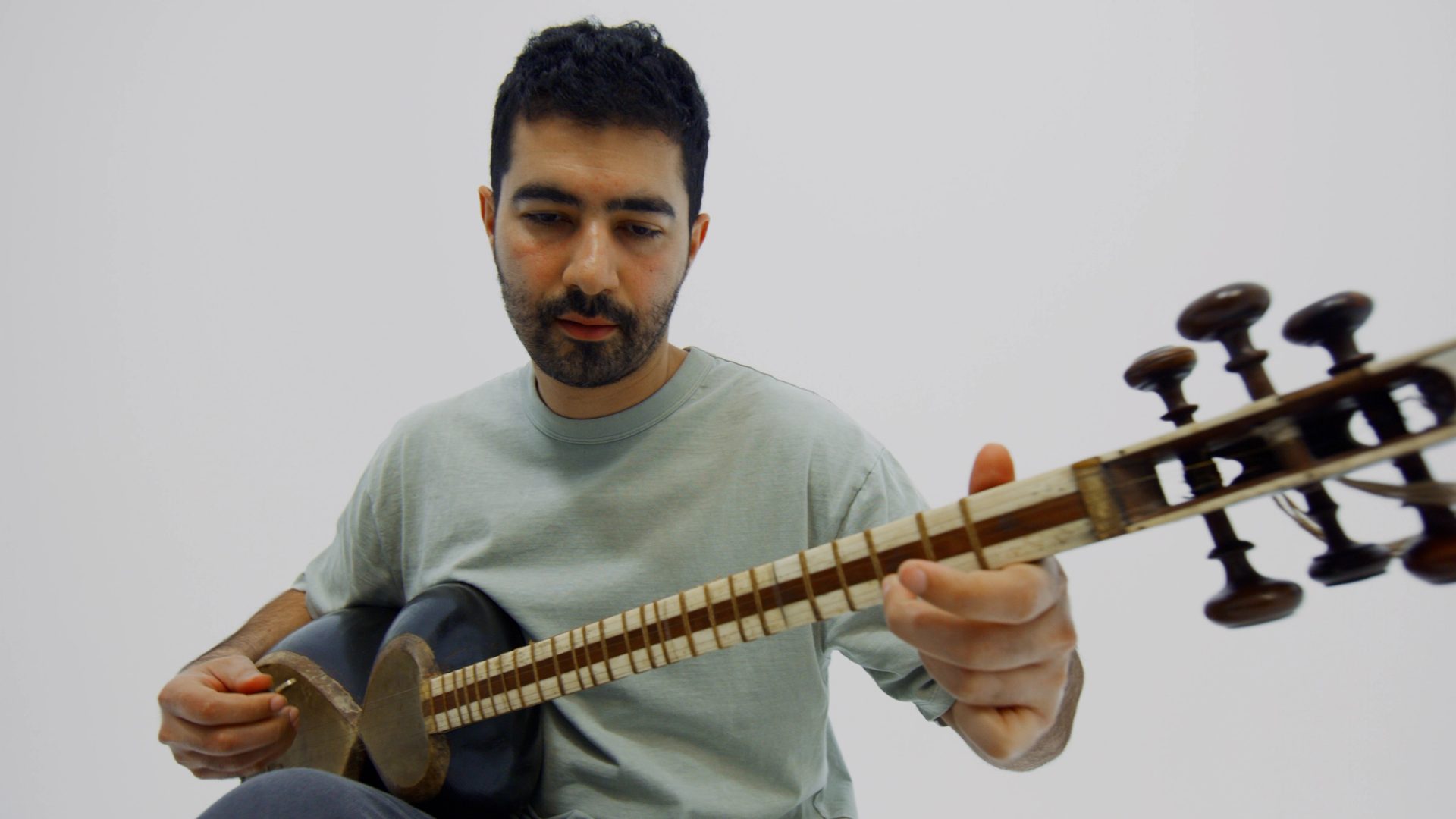
‘I heard the instrument for the first time on the radio, on a poetry program, and I fell in love with the instrument.’
Golha
It was a very famous radio program that was produced by a poet, Hushang Ebtehaj. He got some funding, and he invited well-known musicians and composers to come into the studio. It produced a lot of wonderful works. It was a fast pace and people were listening to new works every week, day by day. It was beautiful.
Each program is kind of a long poem with a lot of improvised bits in between a lot of composed, orchestrated bits. And someone jumps in to read the poem. It was a continuous 40-minute journey every day.
Recorded history
It is a treasure in Persian classical [music] history. Before that we couldn't document it, so we’ve lost a lot of compositions, a lot of playings. It was one of the first, quality produced works. It's a milestone in Iranian’s classical music history.
It had a huge impact on music in general. It was the first time people were exposed to a lot of solo tar playing. Imagine you turn the radio on, and you hear a tar solo performance on the radio on a regular basis for 23 years.

A music school of the air
Some of the tar players in different cities, for example Bigje Khani in Tabriz, mentioned in his diaries that because he didn't have radio, he went to the cafe every day and waited for this program [Golha] and waited for the tar section.
He listens so carefully. After it finishes, he runs back home to practice the same thing [he heard]. That was his practice every day. So, a lot of people in other cities, they benefited from the radio because they couldn't come and take lessons from these masters in Tehran.
Sheet music
This [sheet music], I think, is part of a magazine. It says, “music from Iran's National Radio magazine”.
There was an event at the radio, recorded as well and broadcasted live. Roohangiz was singing in the memory of Qamar [Qamar-ol-Moluk Vaziri]. Qamar is basically one of the first female singers in the documented era of music. She was a pioneer in traditional singing. In this event a very famous tar player Neidavoud [Morteza Neidavoud], was accompanying [Roohangiz] and they were singing a lot of Qamar music live on the radio.
How to play the tar
The tar is very friendly. The tar is very welcoming. As long as you have an authentic contribution. As long as there's no individualistic approach and you're not going to massage your ego through the instrument. As long as you are going be a drop in the ocean, it is going to be fine.
My teachers have been telling me that [in] comparison to the tar history, or music history, we’re nothing. We can’t change the whole thing and we don't have to. If it has to be changed, it will change at some point, but it needs time. It needs a lot of people. So now just try to go with the flow, enjoy it and just take it.

Playing the tar is my anchor point. I couldn't imagine myself doing anything else since I was 14. And I have never regretted a second of my life since then. The instrument showed me what I want from life and it's precious.
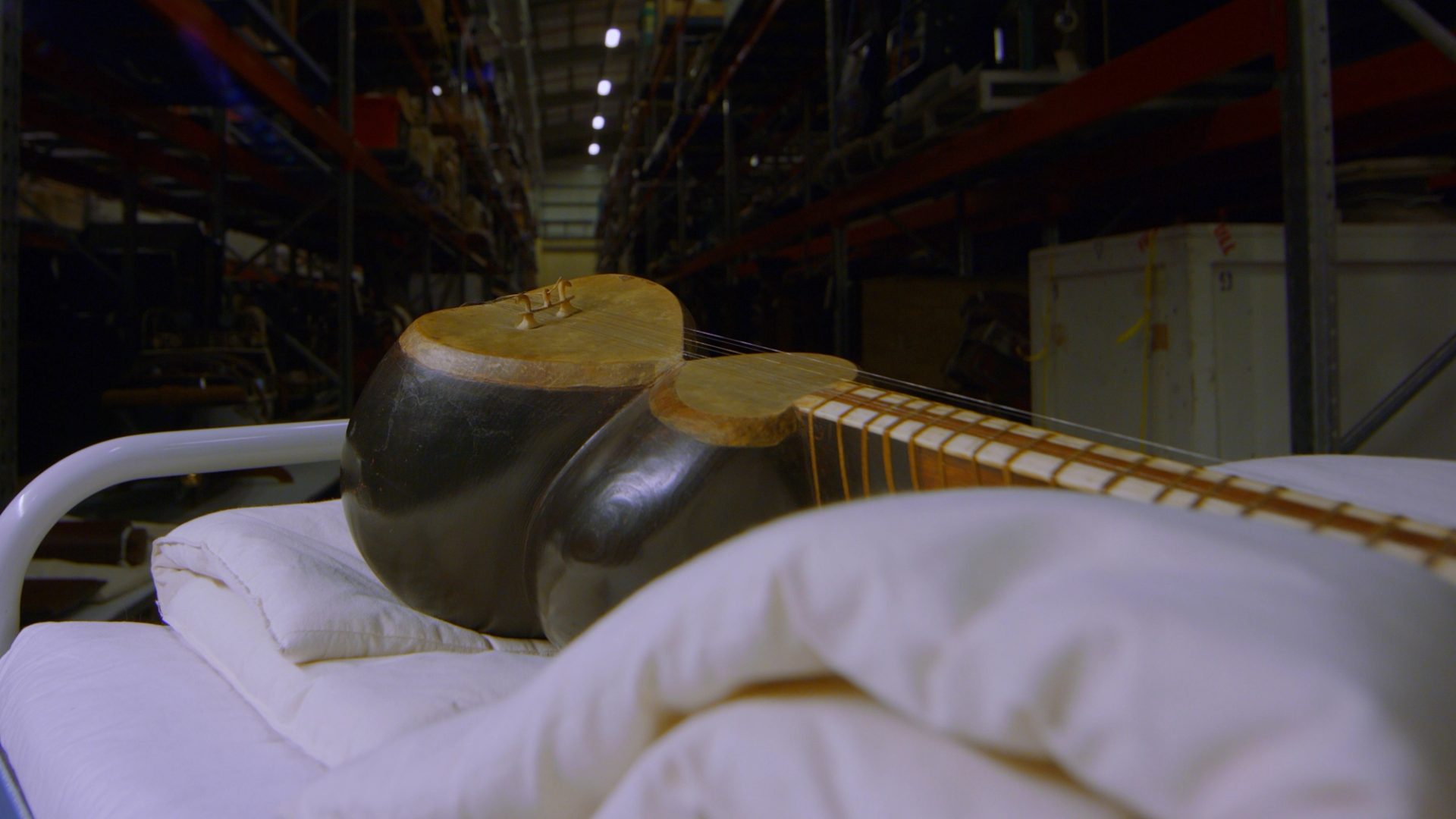
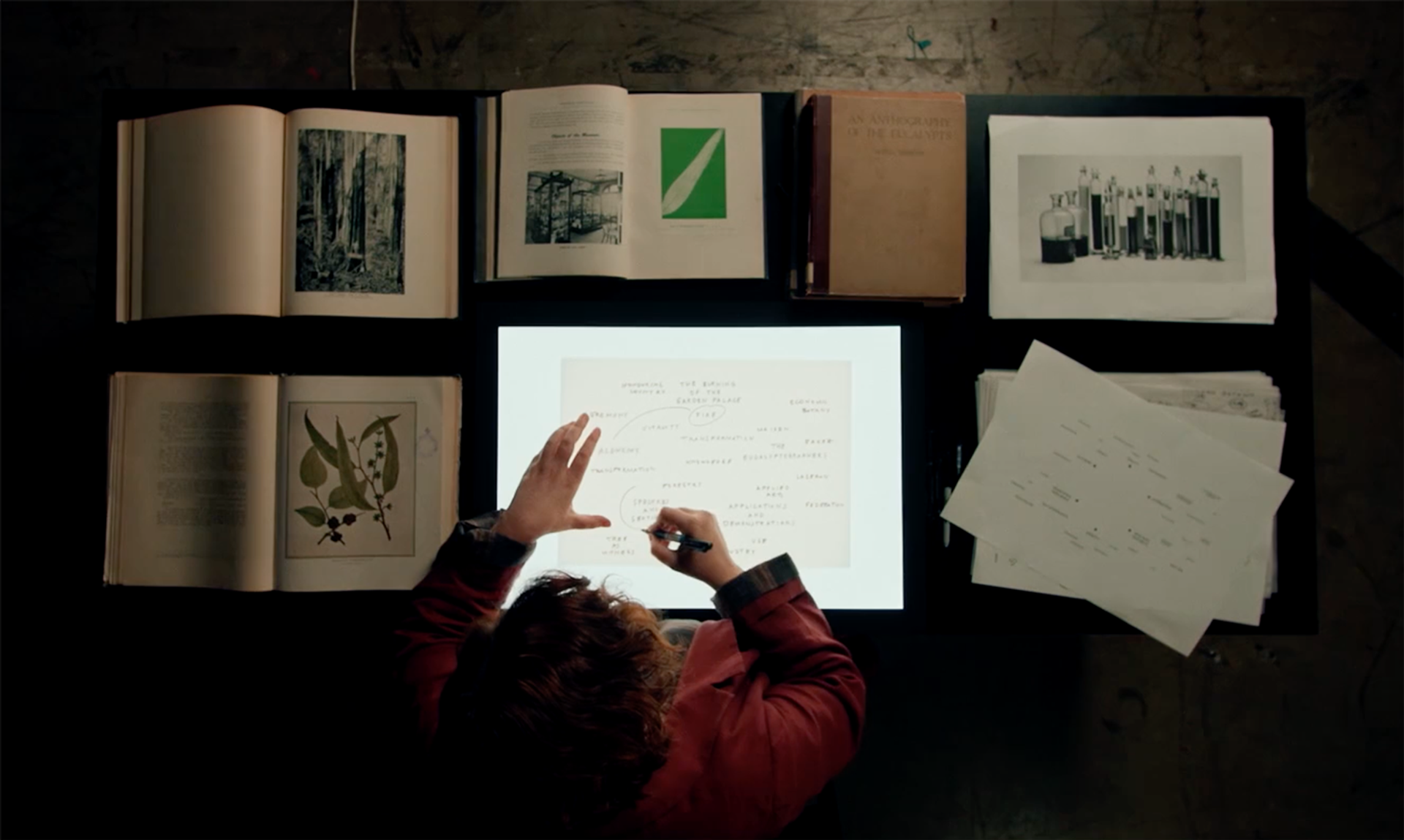
Object Lesson
Object Lesson is a Powerhouse digital content series that upends and inverts the legacy of a set of lesson cards held in the collection since 1880. Named for English educator. Elizabeth Mayo’s 1831 publication Lessons on Objects, the series is underpinned by a desire to learn more about the objects in our collection from people and communities who have special relationships with them.
‘Knowledge stems not only from teacher or institution or object alone — but at the intersection of all.’
Agatha Gothe-Snape, Powerhouse artistic associate











